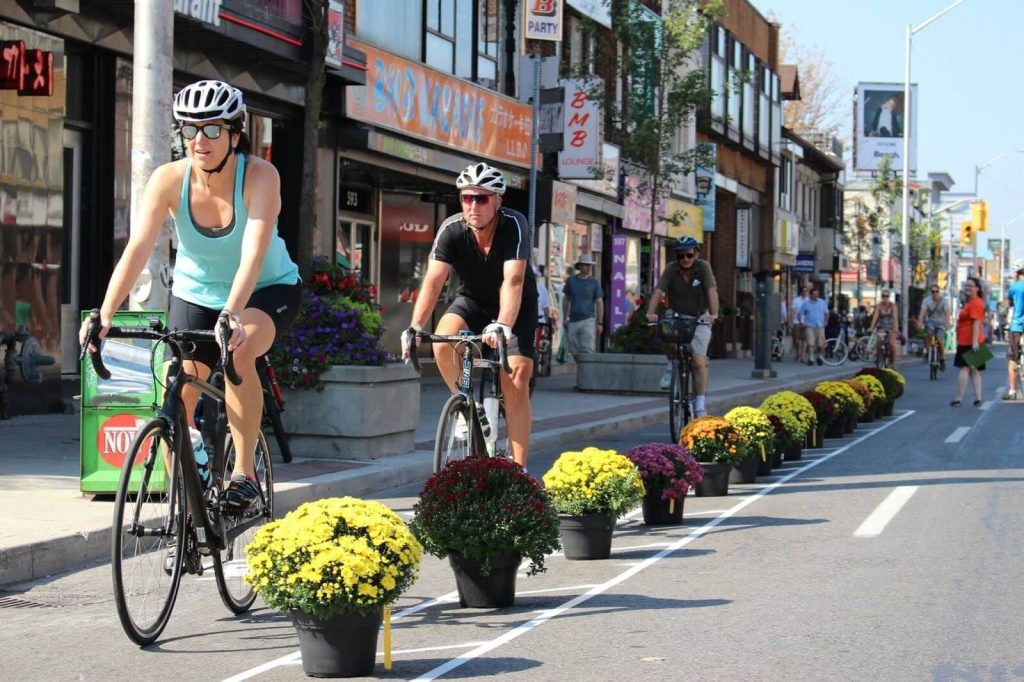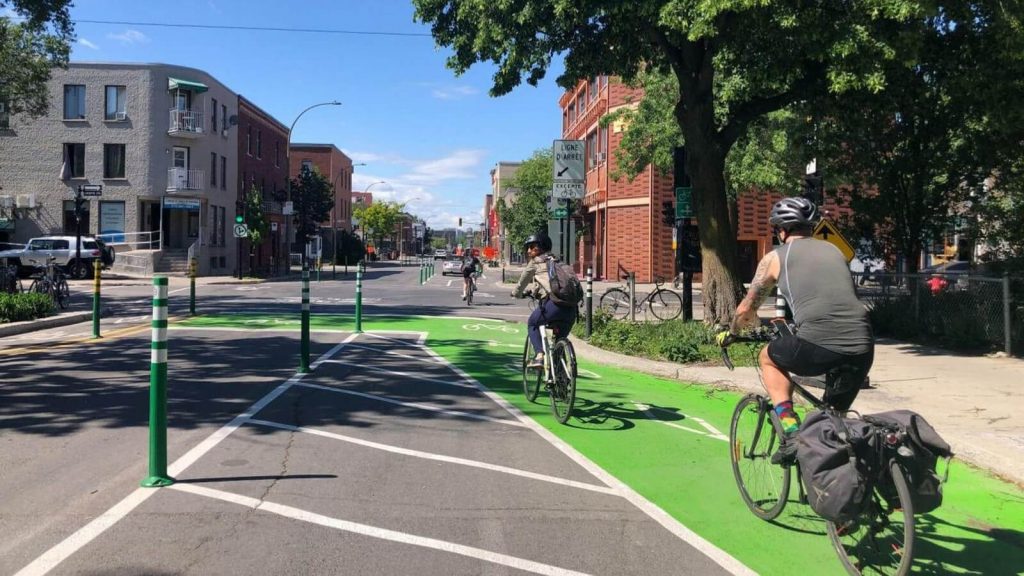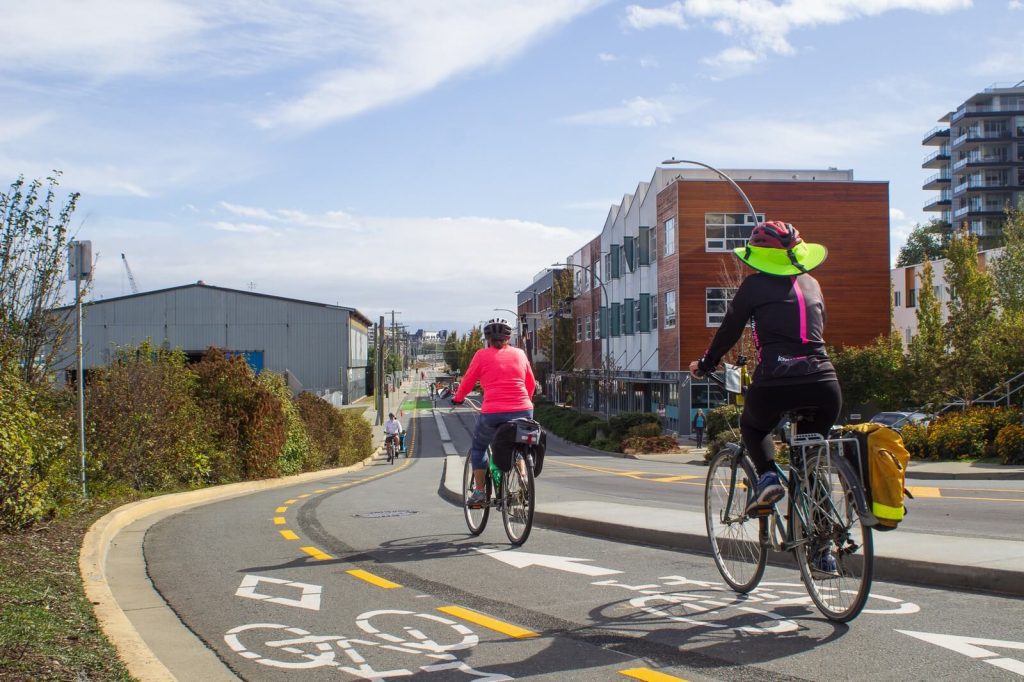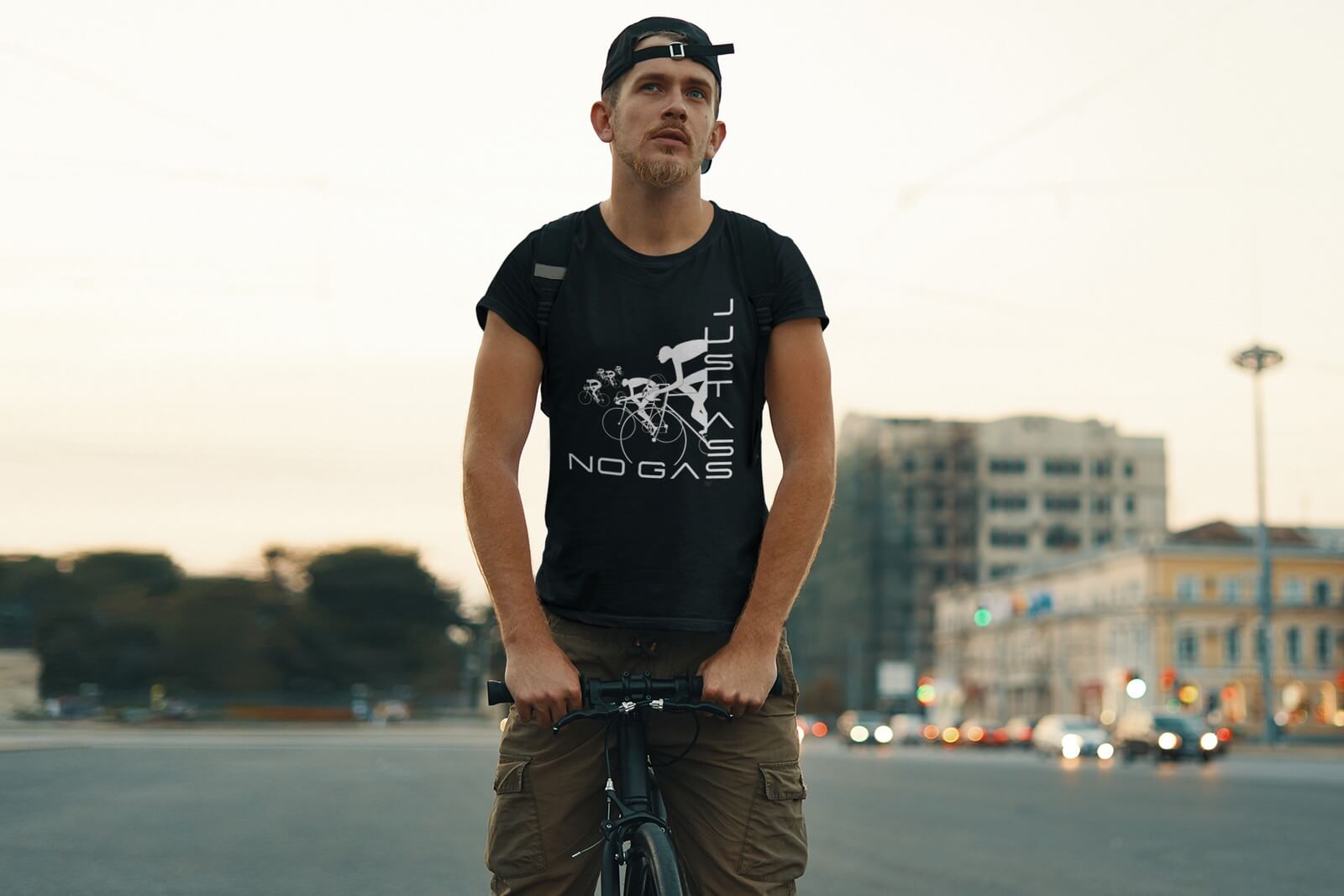No products in the cart.
No Gas, Lets Pedal
See how the cycling infrastructure measures up in Canadian cities. – Montreal might be setting the standard.
The Netherlands was similar to Canada at the beginning of the 1970s: it was a car-centric nation where the car served as the primary mode of transportation and bicycle travel was both uncomfortable and dangerous. Due to a campaign for safer streets that was started in reaction to the death of a six-year-old girl who was hit by a car and the petrol shortages brought on by the 1973 oil crisis, that started to change.

The government chose to encourage bikes in response to demand from both residents who desired livable cities and the actual issue of petrol shortages we had in the Netherlands. When petrol prices in France increased to about $3 per litre in 2018, he added, bicycles started to become more and more popular. As the COVID-19 outbreak began in 2020, temporary bike routes were quickly built by the municipal authorities in Paris to encourage people to enjoy the outdoors. Many of those routes are now indelible.

While getting around Montreal without a personal automobile isn’t tough, it’s doubtful that it would be as simple in many other Canadian cities. Urban transport experts also recommend that the rest of Canada turn to Montreal for examples on how to promote cycling given the skyrocketing prices of petrol and new cars.
Men who are seasoned bikers make up the bulk of bike travellers in North America.He claimed that safer infrastructure will draw in more women, seniors, and kids. In that regard, Montreal does have some excellent leadership. The Réseau express vélo, the city’s network of “express” bike lanes, has seen a rise in riders on new routes, according to bike counters, automated sensors that detect and count passing bikers. In 2020, the city started constructing the REV. He said that a recently built bike lane on St-Denis Street, a significant thoroughfare in Montreal’s downtown, is used by about 2,000 bicycles every day. On certain days, it reaches 8,000, which is remarkable.

But it can be challenging to locate solid data. Every five years, the provincial government conducts a travel survey, but according to Waygood, that poll only provides a partial picture and is typically conducted in the autumn, when there are less bikers than in the spring and summer. There isn’t a survey that covers all of Canada that would allow for city-by-city comparisons. The most recent data available from the federal statistics department, Statistics Canada, about daily commutes in Canada is from 2016. It shows that cycling rates in Vancouver and Victoria are greater than in Montreal, which makes sense considering the nicer climate all year long.

Charity Cycle Toronto claims that their organisation places Victoria, Vancouver, and Montreal higher than Toronto in terms of supporting cycling. Although Toronto is flatter and has a milder climate than Montreal, Montreal has developed a stronger bicycle infrastructure. While Montreal packs up its bike system, known as BIXI, for the winter, Toronto’s bike-sharing programme remains active year-round. He claimed that Montreal-based transport initiatives have been exported abroad, such as the car-sharing service Communauto, which is available across Canada and in France. A business controlled by the City of Montreal originally created the technology that is utilised in the BIXI system, and it has since been imported by cities all over the world, including Toronto, New York City, and London.
The culture of innovation in transit and public transportation is advantageous for Montreal.
One7 Store came up with this striking design that relates to the idea of the necessity for a bicycle culture in our Canadian Cities and was inspired by the idea of the urgent need for the public to adopt more renewable transportation in Canada. Increase our pedalling.


Leave a Reply